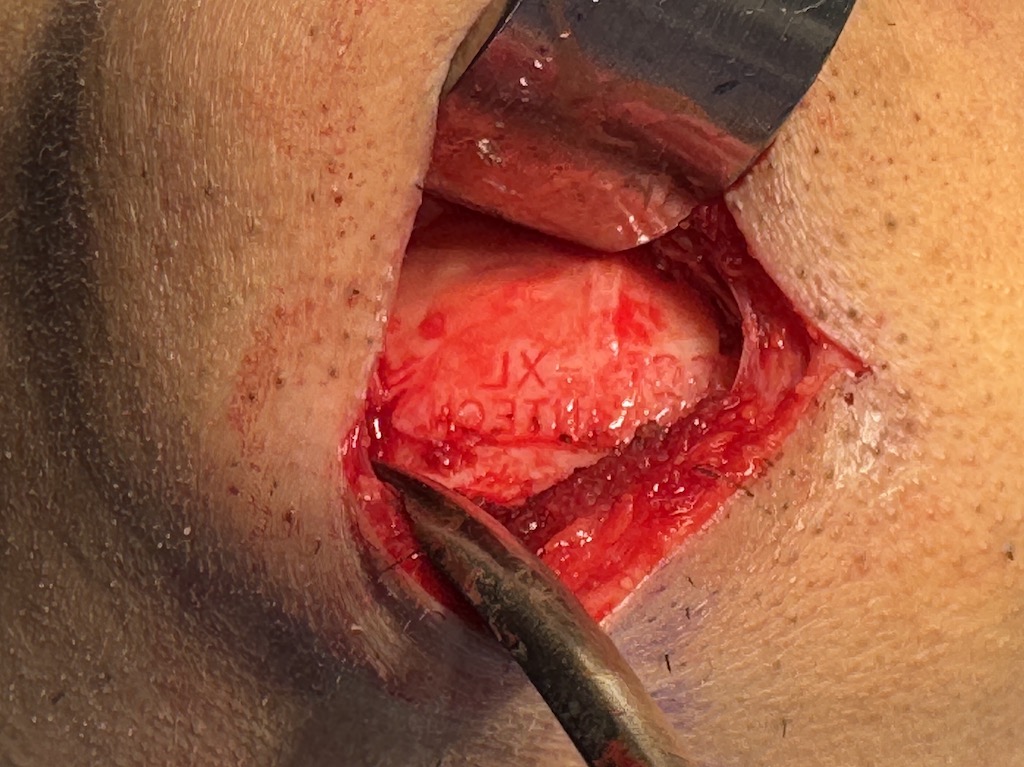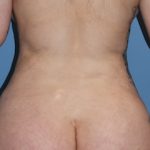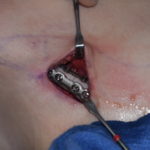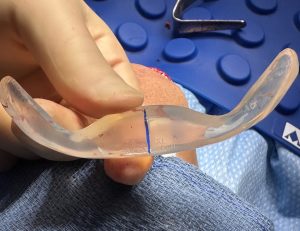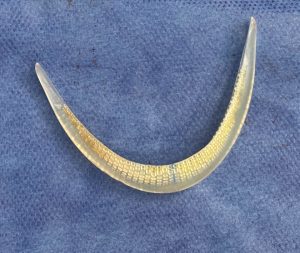Chin implants because of their very interior augmentation of a projecting solitary point as well as the ability to easily see the implant and the bone serve as an excellent study in the biologic response of the bone to the implant. Because of the clear visibility of the implant on the bone, particularly in lateral plain x-rays, chin implants have long been erroneously associated with the concept of bony erosion.
This long held and still espoused belief by some is inaccurate as it implies an inflammatory response to the implant material. Rather the actual biologic response is one of imprinting which is a natural tissue response around the implant to adapt to the new pressure or expansion of their natural biologic boundaries. This is seen as a clean indentation or settling of the implant into the bone to varying degrees that is self-limiting and non-inflammatory in nature. This occurs with all chin implants regardless of their material composition. This is not a material based issue but one of pressure. It occurs particularly in the chin area due to the tight enveloping soft tissue chin pad that wraps around the augmented area. It also occurs in the jaw angle area, due to the tight masseter muscle coverage, but it is less appreciated due to being an area that is hard to see with the exception of a 3-D CT scan.
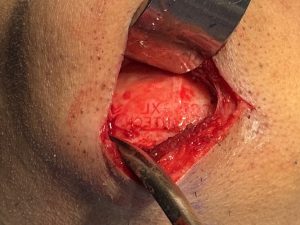
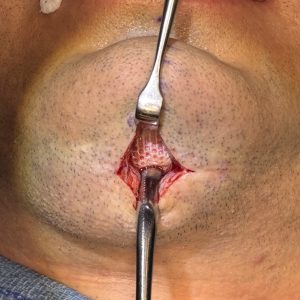
These different biologic reactions to the chin implant’s underside surface contours is not a surprise given what we know from breast implants. The capsular response in breast implants to a smooth versus a textured implant surface is quite different for the exact same reasons that we see it on the chin. The purpose of the textured surface on the breast implant is to theoretically reduce the incidence of capsular contracture and two more firmly hold the implant into place. Conversely the concept of a stippled or mesh pattern on the underside of the silicone chin implant was designed to make it more flexible and malleable which can have both advantages and disadvantages during its surgical placement.
Dr. Barry Eppley
World-Renowned Plastic Surgeon

